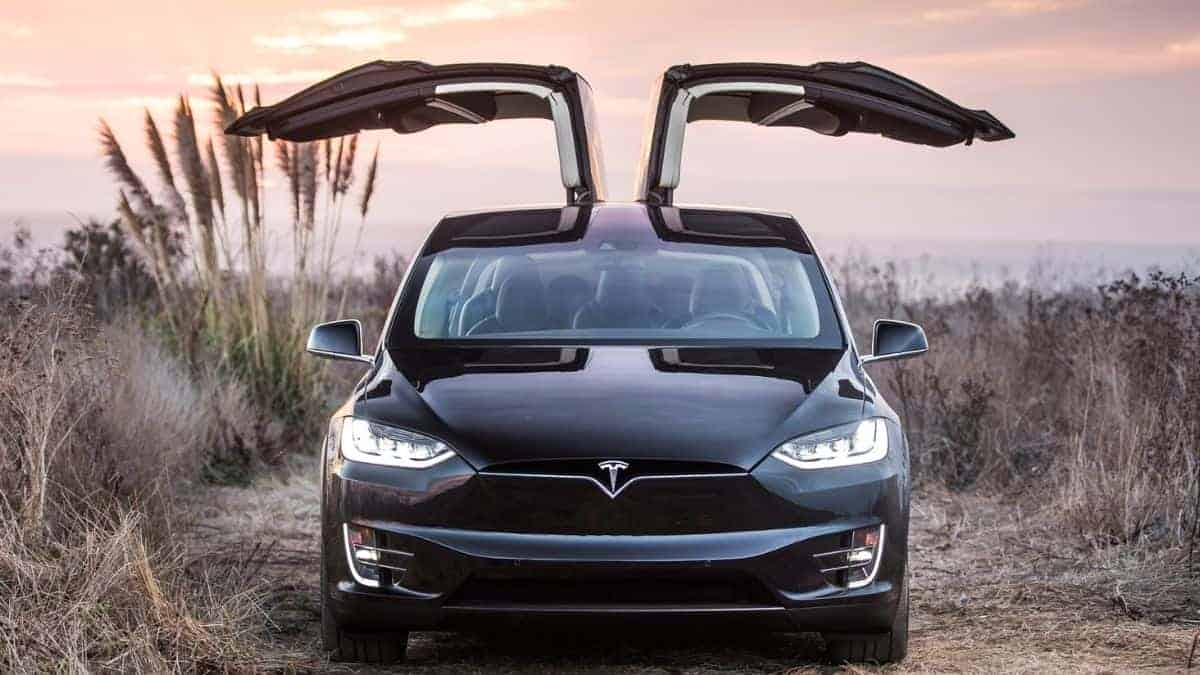Will your Tesla car price increase after Shortage of Lithium Batteries? Find out here

One of the most abundant and crucial chemicals in electric vehicle batteries is experiencing demand challenges, demonstrating how supply chain issues are becoming more severe and the value chain becoming progressively more expensive.
Last Monday, Tesla Inc. agreed to buy minerals from Australian mining company Syrah Resources Ltd.’s Louisiana operations, with raw materials originating from Mozambique. Meanwhile, POSCO, the world’s largest natural graphite anode manufacturer, purchased a 15% share in China’s Inner Mongolia Sinuo New Material Technology Co. Listed in Hong Kong Graphex Group Ltd. recently established a subsidiary in the United States and plans to develop a plant there. It also developed a local manufacturing arm and signed a deal with Desatec GmbH of Germany to process and export graphite products. Other, smaller companies are only now setting up shop in North America.
This flurry of early — and foresighted — actions by some industries to obtain minerals as simple as graphite proves one thing: It’s no longer simply about metals like lithium and cobalt, which are more valuable and difficult to obtain. The whole EV battery supply chain is facing supply bottlenecks, precisely as companies like Tesla are selling record numbers of green vehicles. Prices for lithium compounds, spodumene, and PVDF(1), all basic materials for batteries, have climbed by as much as triple in the last year. Graphite is now experiencing a rise as well.
Graphite is a type of carbon that is used to make the anode, or negative terminal, in powerpacks, as well as steelmaking and the nuclear industry.
China accounts for about 90% of production, implying that yet another critical component of the battery is created in the nation, which is already experiencing disruptions owing to omicron breakouts in important industrial centres like Tianjin. According to BloombergNEF data, the world’s second largest economy also produces the most new graphite electrode capacity, followed by Japan, India, and the United States.
Until now, the cathode material side of things — nickel cobalt manganese, lithium iron phosphate, and so on — has gotten a lot of attention in next-generation batteries. Few have concentrated on the anode chemical mix, with BloombergNEF predicting that graphite will be the leading material until at least 2035.
As demand for batteries rises in response to the growing popularity of electric vehicles, capacity in this portion of the supply chain will need to expand as well. The vast majority of it will be for passenger vehicles.
The material can be found in nature, but it can also be manufactured synthetically. However, it is difficult to replace, which adds to the expense strain. Prices for synthetically manufactured graphite have risen between 6% (for the high-end kind) and roughly 40% in the last year (mid-range). This is despite the fact that Chinese manufacturers have been able to reduce the cost of graphitization — a vital process that accounts for almost half of the cost of an anode — by as much as 15% to 20%. Raw materials account for a fourth of the total cost.
Battery costs will only continue to rise if manufacturers are unable to keep prices low while trying to grow capacity. It will be more difficult to create global supply chains as a result of this.
Those in the electric vehicle sector who have been slow to catch up, such as automakers and battery manufacturers, can’t just start claiming future supply at this point – they risk being left behind. They’ll have to plan years ahead of time and begin investing further down the value chain, rather than just in high-tech gadgets and batteries in general.
Investing in and planning for core materials like graphite used to appear pointless because their supply was assumed. Now that shortages and supply chain snarls are unavoidable, it appears to be a reasonable and wise corporate strategy.
(1) Spodumene is a lithium compound that is utilised in the metal’s production. PVDF, or polyvinylidene fluoride, is a synthetic chemical.
This report was taken directly from a wire service feed, with no changes made to the language. The only thing that has changed is the headline.


